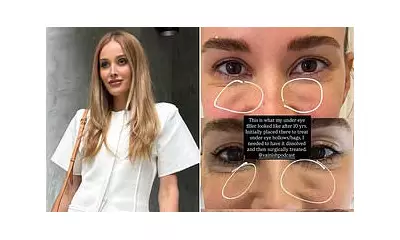
In a discovery that sounds more like medieval alchemy than modern science, researchers have uncovered the remarkable biological 'witch's potion' that allows newts to perform what humans can only dream of - completely regenerating damaged eyes.
The Miracle of Nature's Healing
While humans scar and suffer permanent damage from eye injuries, the humble newt possesses an extraordinary ability to restore its vision completely, even after severe trauma. Scientists have now identified the precise cellular ingredients that make this biological magic possible.
Breaking Down the Cellular Recipe
The research reveals that retinal pigment epithelial (RPE) cells hold the key to this regenerative power. When activated by injury, these remarkable cells undergo a dramatic transformation, reprogramming themselves to replace multiple types of eye tissue.
The regeneration process involves three crucial stages:
- Cellular reprogramming: RPE cells revert to a stem-cell-like state
- Tissue regeneration: Cells multiply and differentiate into various eye components
- Functional restoration: Complete recovery of vision capabilities
From Laboratory to Human Medicine
What makes this discovery particularly exciting is that humans possess the same types of cells, though ours remain dormant after injury. The research team believes they've identified the molecular switches that could potentially 'wake up' our own regenerative capabilities.
"We're essentially learning nature's recipe for perfect regeneration," explained the lead researcher. "The newt isn't using any special cells we don't have - it's just using them differently."
The Future of Vision Restoration
This breakthrough opens unprecedented possibilities for treating conditions like macular degeneration, diabetic retinopathy, and traumatic eye injuries that currently lead to permanent vision loss. Researchers are now working to develop therapies that could activate similar regenerative pathways in human eyes.
The implications extend beyond ophthalmology, potentially revolutionising how we approach tissue regeneration throughout the human body. What was once considered magical healing might soon become medical reality.





